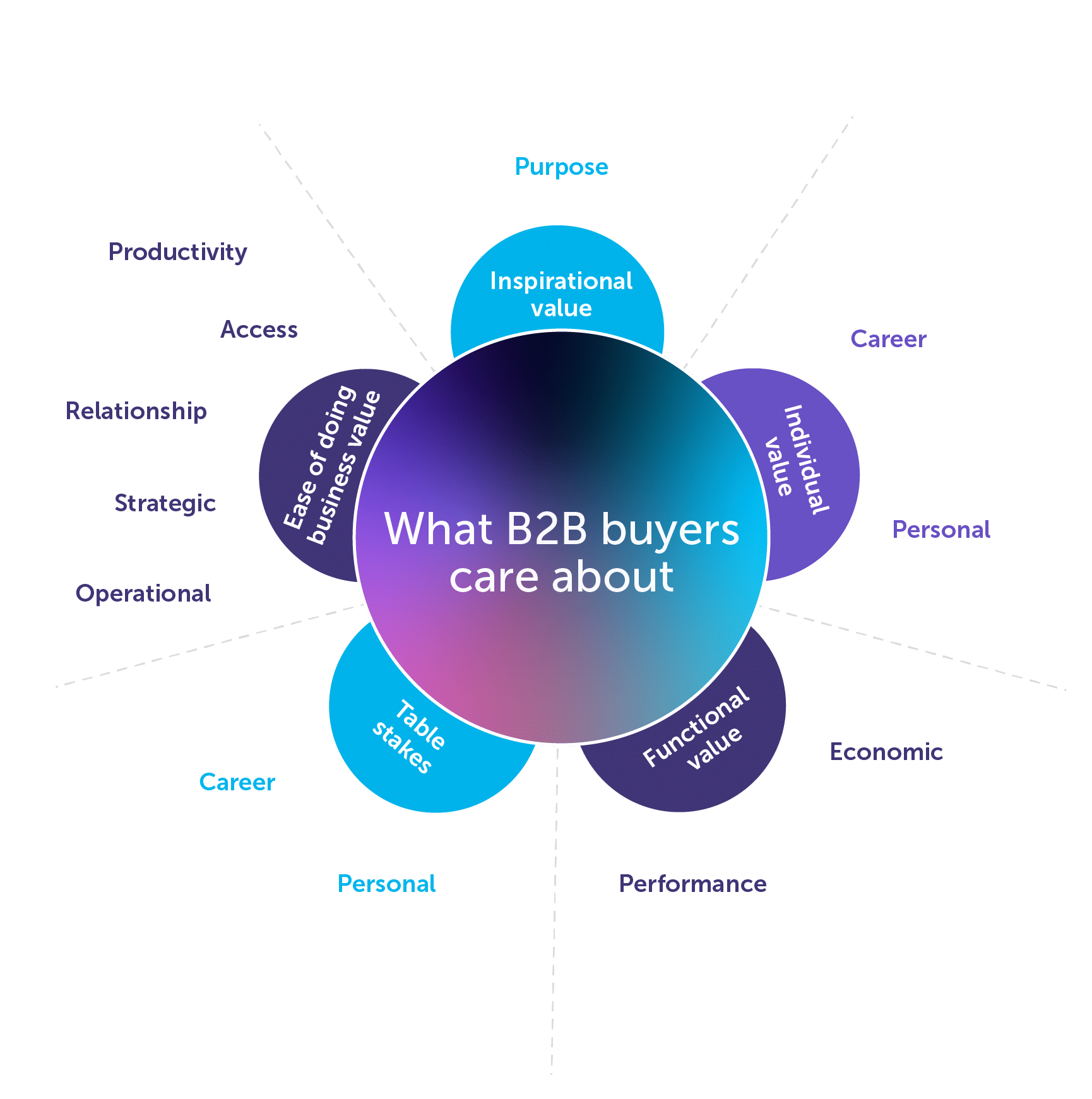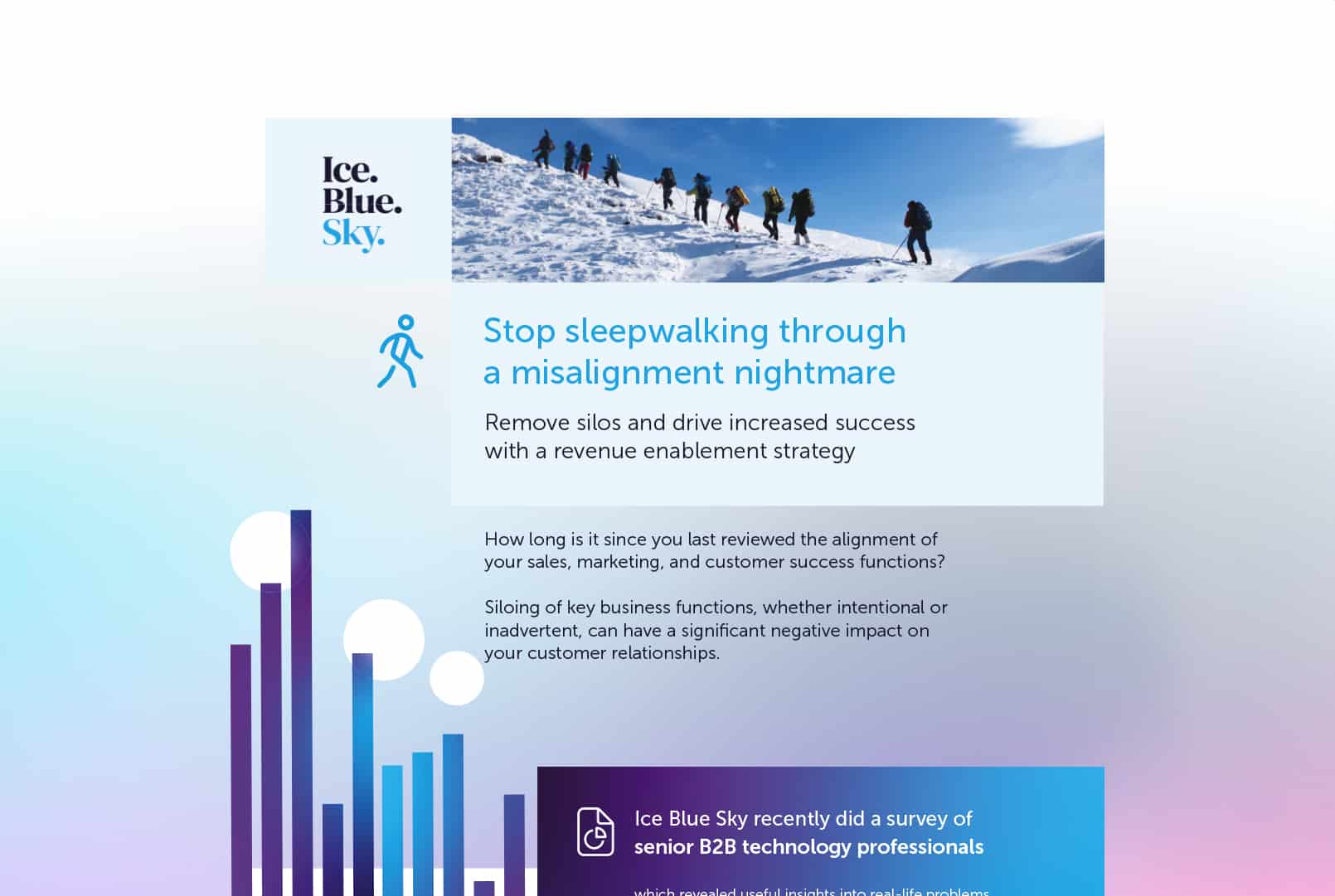This year’s increased global social unrest leading to movements such as Black Lives Matter (BLM) has led to a large number of well known brands openly supporting these causes – Cisco, IBM, Microsoft and Salesforce to name but a few.
As society becomes acutely aware of systemic racism and many aspects of inequality, marketers need to make sure their brands strongly support diversity and inclusion – not only because they serve as the voice of the brand but also to bring the voice of consumers and society into their organisations.
Gartner has reported that consumers now actively seek diversity and inclusion (D&I) information for brands online and may decide not to purchase based on their search. A Gartner survey earlier in the summer revealed that consumers said they expected brands to respond to the BLM protests by implementing internal diversity and communicating the organisation’s support for the movement. Jay Wilson, one of Gartner’s VP Analysts stated, “The interest that consumers have about a company’s D&I efforts reflects wider expectations customers have of a brand and its values” .
Business success can be boosted by diversity and inclusion
So, what does ‘diversity and inclusion’ really mean? The meaning of diversity is commonly referred to as the ‘inclusion of people of different races, genders, religions, etc in a group’ and it refers to the traits and characteristics that make people unique. Inclusion refers to the act of ‘allowing many different types of people to do something and treating them fairly and equally’. It relates to the behaviors and social norms within the workplace that make people feel welcome. It’s the combination of these two that allows the exchange of different perspectives, experiences and ideas within a company. Everyone should feel that they can contribute to the decisions that shape the direction of their organisation.
There have been studies that show that diverse teams make better decisions than non-diverse teams. A study by Cloverpop analysed around 600 business decisions made by 200 teams, across a range of companies. Researchers found that when diverse teams (of three or more people) made a business decision, they outperformed individual decision-makers up to 87% of the time. Diverse teams were also shown to make decisions faster than individual workers and benefited from a 60 per cent improvement on decision-making. Gartner also reports that through 2022, 75% of organisations with frontline decision-making teams who reflect diversity and an inclusive culture will exceed their financial targets. In addition, McKinsey & Company has emphasised: “there is a linear relationship between racial and ethnic diversity and better financial performance: for every 10 percent increase in racial and ethnic diversity on the senior-executive team, earnings before interest and taxes (EBIT) rise 0.8 percent.” Just from these reports, a commitment to diversity and inclusion makes complete business sense.
Leading marketers therefore need to effectively respond to social movements from a diversity and inclusion perspective. Here are three key practices to adopt:
- Listen to what consumers are saying.
Consumer sentiment is variable, so keep your finger on the pulse. Gartner research shows that now is a time of heightened vigilance on several fronts, of which racial tension is just one. Companies and brands that make positive changes to support equality, diversity and inclusion are in alignment with a majority of consumers. Understand which social movements are of importance to your customers and employees. This can help you communicate with them in a relevant way.
- Show the human face of the brand.
Individuals still feel compelled to do their part when it comes to social issues, but they realise that they need support from larger institutions and organisations. The expectations for brands to lead on social issues is higher now than ever.
- Say or do something.
Brands that speak up or take action on social issues usually score better with consumers than those that don’t. But it’s important to know what to say and when and how to say it. Be specific about the actions your company is taking. One place to start self-evaluation is within the marketing organisation itself. Many organisations may be advanced, with robust diversity programs or diverse workforces. Others may be at an intermediate or beginner level and should focus on internal progress before going out to the public.
But, this could all be said to be rather generic marketing advice. What does it mean specifically with regards to B2B Technology Marketing and why, in fact, does it matter?
Technology, as we all know, is prone to adaptation and evolution. With the emerging generation, the marginal statistics of minorities in technology are slowly changing. For technology to survive and grow, it must become accessible and diverse, or it just won’t grow at the rate it should.
It goes without saying that, if every single tech company increased their diversity, the revenue brought to the tech industry overall would be significant. With the exponential growth of technology investing in diversity now will only prove profitable in the long term.
Why you must be authentic
But all this good work mustn’t be because your organisation wants to see its bottom line grow. It must be a directive from the heart of the organisation which has everybody’s genuine support. It must be part of your organisation’s ‘Why’. It won’t mean anything, and certainly won’t look genuine, if it’s not authentic and sincere.
When looking at marketing specifically, here are a few easy ways to create a more diverse and inclusive marketing campaign:
- Include images that feature diverse models using your products in emails, on your website, or anywhere else you may use images to promote your products or services
- Proactively diversify panel members, speakers, etc for events and webinars etc.
- Evaluate the accessibility of your website for those with disabilities such as impaired vision.
- Include case studies, blog content, etc. that feature people of all ethnicities and abilities
- Use inclusive language in your content
- Make diversity an ongoing goal and not just another task in your ‘to do’ list
Society is becoming more multicultural and diverse and support for social movements is continuing to grow. Whether you and your organisation are supported by a marketing team or a marketing agency, make sure they’re on the pulse of consumer sentiment and that they’re showing the human face of your brand. Make sure they’re helping your organisation to grow by emphasising the values of diversity, equality and inclusion.
Need help diversifying your marketing campaigns? Contact us here.






